It’s that day again. The salon needs a deep-cleaning. The stations need to be wiped down, the floors need to be mopped, the hair traps in the shampoo bowls need to be cleared, the chair bases are a disaster, the retail shelves need dusting, and someone has to scrub the bathroom. Unfortunately, that someone is you.
You meant to do it last weekend, but you followed my advice last week, decided you didn’t want to do it, and let it go. You’re thinking, “I love her strategy of not doing things I don’t want to do, but what is this girl talking about when she says I can brainwash myself into wanting to scrub crusted hairspray off the floors every weekend?”
Yes, you can brainwash yourself. The good news is that it won’t require electric shocks, psychotropics, or a charismatic cult leader.
I listen to podcasts–a lot of them. One of my favorites, and the one I most frequently recommend, is Freakonomics. I listen to podcasts when I’m driving, cleaning, and doing laundry. In fact, I was scrubbing my shower when I heard their episode about temptation bundling in March of last year.
Katy Milkman, a professor at University of Pennsylvania, stumbled upon the concept of temptation bundling when she faced the same willpower issues most of us face on a daily basis. She struggled to get to the gym, even though she knew she should go. Every day, she fought the urge to watch her favorite TV shows instead of getting work done.
When you have to sacrifice to perform good behaviors, you’re required to pay an up-front cost to enjoy long-term benefits. Bad behaviors, in comparison, provide an immediate benefit, but come with long-term costs.
Katy knew she had to do some unpleasant tasks with time she’d rather spend doing something she enjoyed, and she knew the consequences of not completing those unpleasant tasks–yet, she still debated with herself, and often chose the more rewarding activity, knowing full well it wasn’t in her best interests to do so.
Further complicating the issue was the “urgency level” of the good behaviors. Working, cleaning, and exercising seldom feel urgent, even though they are important in the long-term. In general, most people are driven by impulse to seek out pleasure, and fighting that impulse can be extremely difficult.
One day, Katy had an idea. She would create a rule for herself, using her temptations to incentivize her–solving both of her problems.
Katy could only watch Netflix or read her favorite books while at the gym.
Her strategy was effective. Katy was going to the gym more often, and found that she actually looked forward to going because it meant she would be able to do one of her favorite things.
By bundling her temptations with unpleasant tasks, Katy received both the short-term benefits of her bad behaviors and the long-term benefits of her good behaviors.
She was thrilled with her progress and decided to design a research study on the behavioral economics of what she was calling “temptation bundling.”
Katy studied the exercise habits of 226 students, faculty, and staff at her university and found that people who used temptation bundling were 29-51% more likely to exercise when compared to the control group.
That’s when I realized that I have been participating in “temptation bundling” myself by only listening to podcasts when I’m doing chores or running errands, drinking coffee outside while replying to emails, and reading while exercising. Like a lot of people, I hate cleaning, exercising, and grocery shopping. When I read or listen to podcasts, it feels like my body runs through the motions while my mind is engaged in the episode. Time flies, and before I know it, the house is clean, my groceries are put away, and I seriously can’t even remember the specifics of having done most of it.
It’s like highway hypnosis, but instead of suddenly realizing your journey is over, you suddenly realize all the menial crap you normally dread doing is already done.
At this point, I look forward to the same chores I hated before because I feel the urgency of enjoying a pleasurable activity.
So, how can you create your own temptation bundles?
1.) Make a list. Stuff you don’t like doing goes into one column, and things you enjoy doing go in another.
2.) Link them in ways that make sense. Listen to e-books while you fold the salon’s towels, soak in the tub while you respond to emails, watch your favorite TV shows while exercising, play your favorite music while doing payroll, treat yourself to your favorite coffee or smoothie while balancing the salon’s account, enjoy a deep conditioning treatment (followed by a scalp massage and blow out) while you audit inventory.
You can program yourself to look forward to these unpleasant chores and increase both your outlook and productivity as a result. So make that list, bundle your temptations, and start brainwashing yourself today!
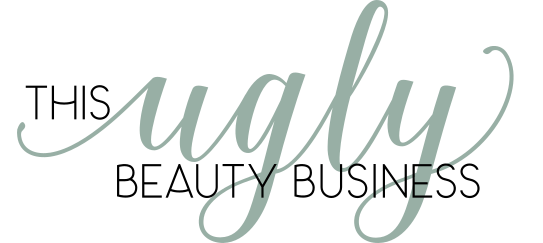


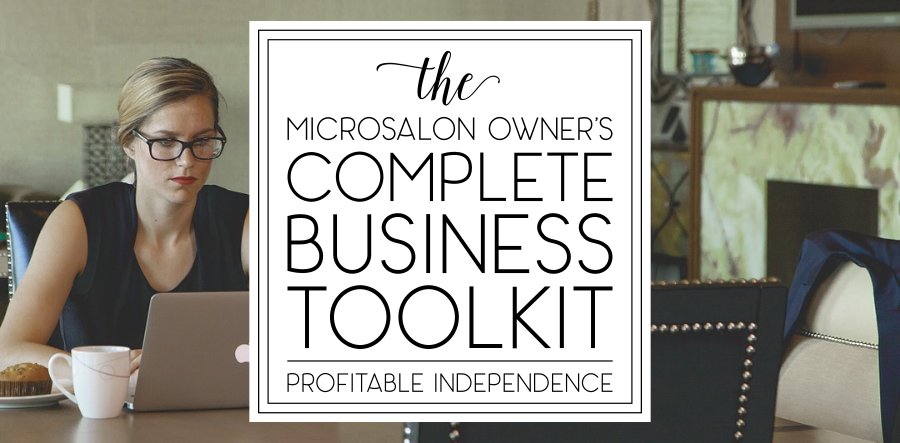
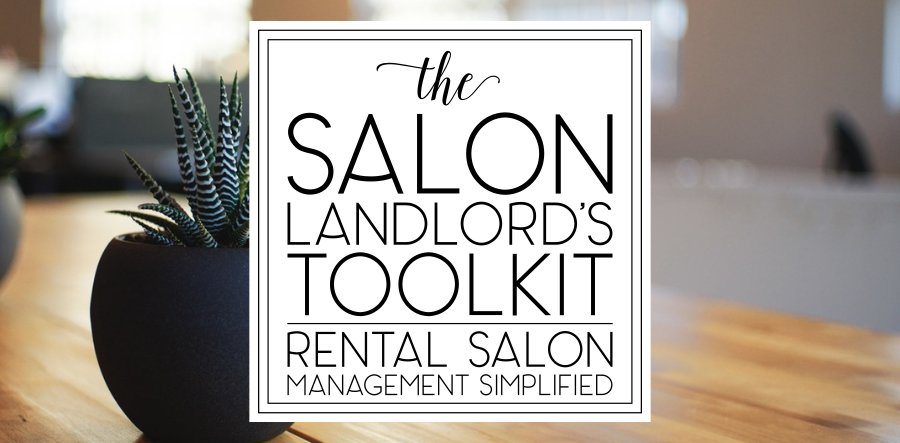
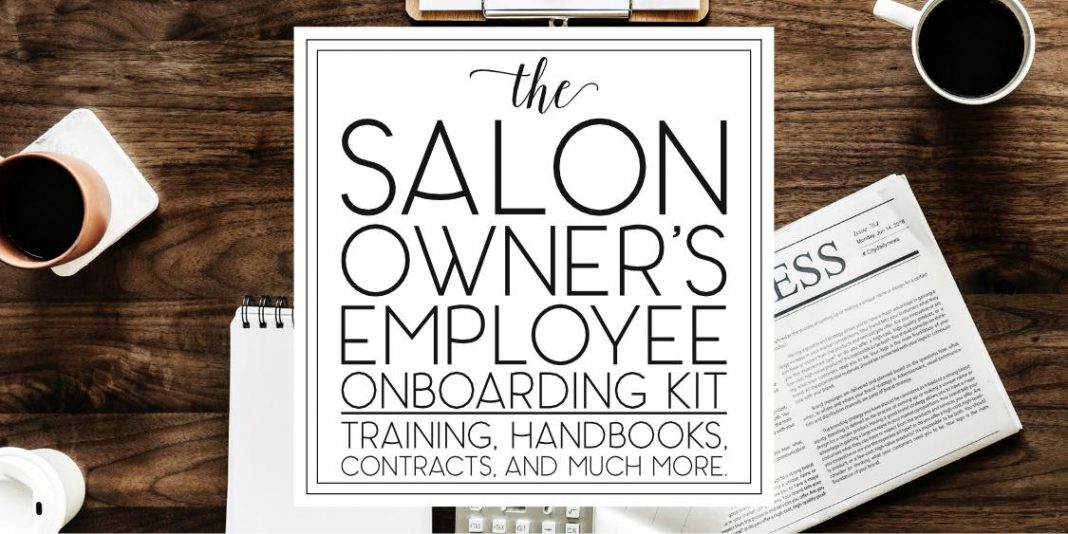
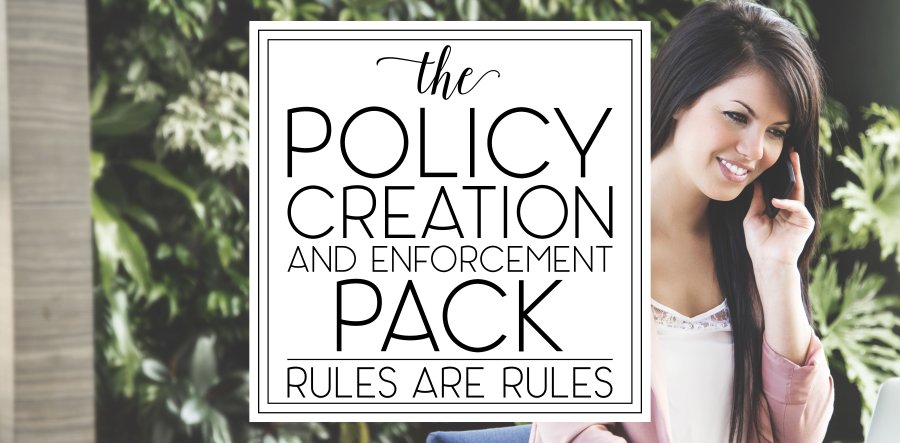
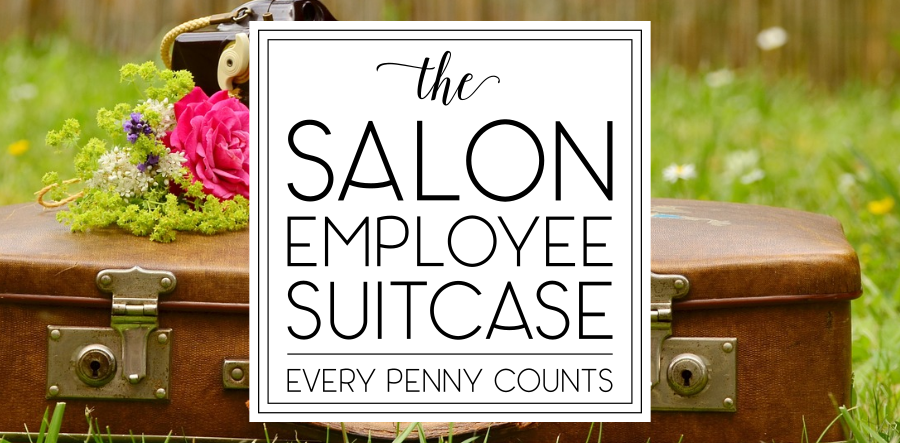

2 Responses
Hi Tina! I saw you a couple years ago in Vegas at HRTE, and you mentioned you used Feedly as an app to listen to your podcasts. Do you still use that now, with all the other podcast apps available? And would you mind sharing some of the podcasts you love, especially outside of the beauty industry? Thanks in advance! I’m an avid follower of your work. As a newly licensed nail professional, blogs/packages/books like yours are instrumental in my success. Thank you for all you do!!
Hi Lauren! I use Feedly for the blogs I subscribe to and Pocket Casts for podcasts (buy the pro version, it’s soooo worth it). And I’m already five steps ahead of you with the list of podcasts that aren’t beauty-related, lol. They’re all listed here, but I’m also a fan of Thin Air, Breakdown, The Inquiry, Invisibilia, Note to Self, 99% Invisible, The Broad Experience, Someone Knows Something, Life After, and Flash Forward. Other than The Broad Experience, the others have nothing to do with business or the workplace at all–they’re just awesome, lol.